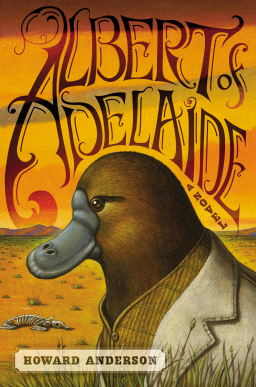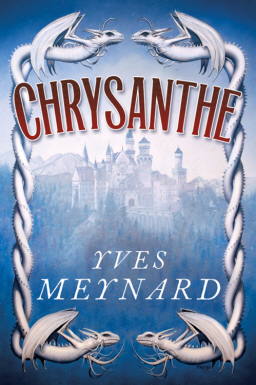Joyce Carol Oates’ Gothic Quintet, Part II: A Bloodsmoor Romance
 Last week I began looking at Joyce Carol Oates’ Gothic Quintet, in advance of the publication of the fifth book in the sequence next March. I thought 1980’s Bellefleur was a tremendous work, eloquent testimony to the imaginative power of the Gothic and to the sophistication the form can sustain. This week I’m looking at 1982’s A Bloodsmoor Romance, to which I had a more qualified response.
Last week I began looking at Joyce Carol Oates’ Gothic Quintet, in advance of the publication of the fifth book in the sequence next March. I thought 1980’s Bellefleur was a tremendous work, eloquent testimony to the imaginative power of the Gothic and to the sophistication the form can sustain. This week I’m looking at 1982’s A Bloodsmoor Romance, to which I had a more qualified response.
To some extent this may well be a function of my being not the right reader for this book. While Bellefleur consciously played with the genre conventions of the Gothic proper, Bloodsmoor uses and parodies the conventions of 19th-century romance — romance as we know it, the story of young women looking for love and marriage. And romance as such is not a form that has any intrinsic appeal to me, or whose appeal I understand. I don’t say it’s bad. I’m saying I have no idea what makes romances good or bad as romances.
Unsurprisingly, then, the book plays off of texts with which I’m not familiar. I’ve seen similarities noted to Little Women, for example, which I’ve never read. Bloodsmoor is also intensely ironic, satiric in a way that Bellefleur wasn’t (as I read these books, anyway). So this is a genre that never appealed to me, and with whose key stories I have no experience, and it’s being sent up in a fairly unsubtle manner. Maybe it’s surprising that I didn’t have a worse reaction than I actually did.
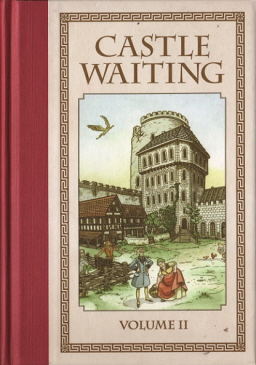
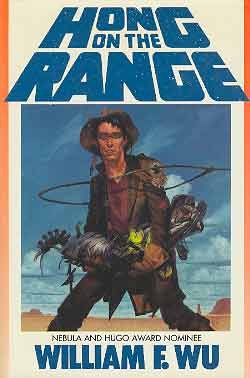
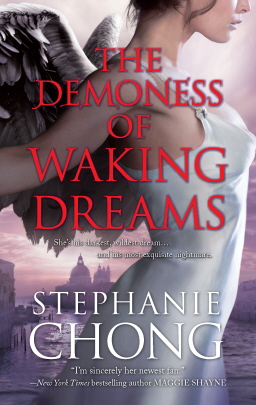
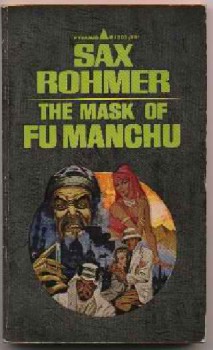
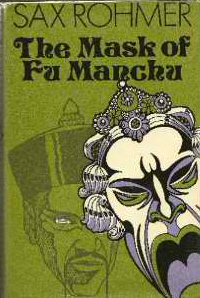
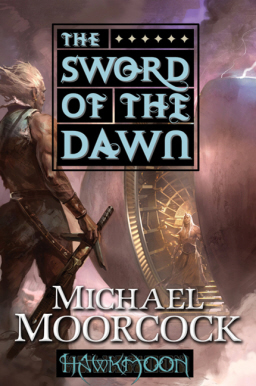
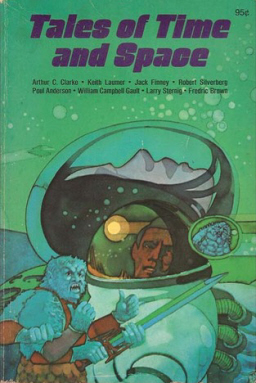
 Published in 1980, Joyce Carol Oates’ novel Bellefleur is an astonishing gothic tour-de-force, a breathtaking and phantasmagoric book that whirls through generations of an aristocratic New England family. It deals in almost every kind of traditional horror-story trope: a sprawling, crumbling, haunted house; angered spirits of the land; men who take the shape of beasts; at least one innocent heiress who develops a peculiar case of anemia after being courted by a sinister European nobleman. All these things are folded into an overarching tale of greed, power, sex, and tragedy, told in a wild style that almost hides a precise structure of event, theme, and imagery.
Published in 1980, Joyce Carol Oates’ novel Bellefleur is an astonishing gothic tour-de-force, a breathtaking and phantasmagoric book that whirls through generations of an aristocratic New England family. It deals in almost every kind of traditional horror-story trope: a sprawling, crumbling, haunted house; angered spirits of the land; men who take the shape of beasts; at least one innocent heiress who develops a peculiar case of anemia after being courted by a sinister European nobleman. All these things are folded into an overarching tale of greed, power, sex, and tragedy, told in a wild style that almost hides a precise structure of event, theme, and imagery.